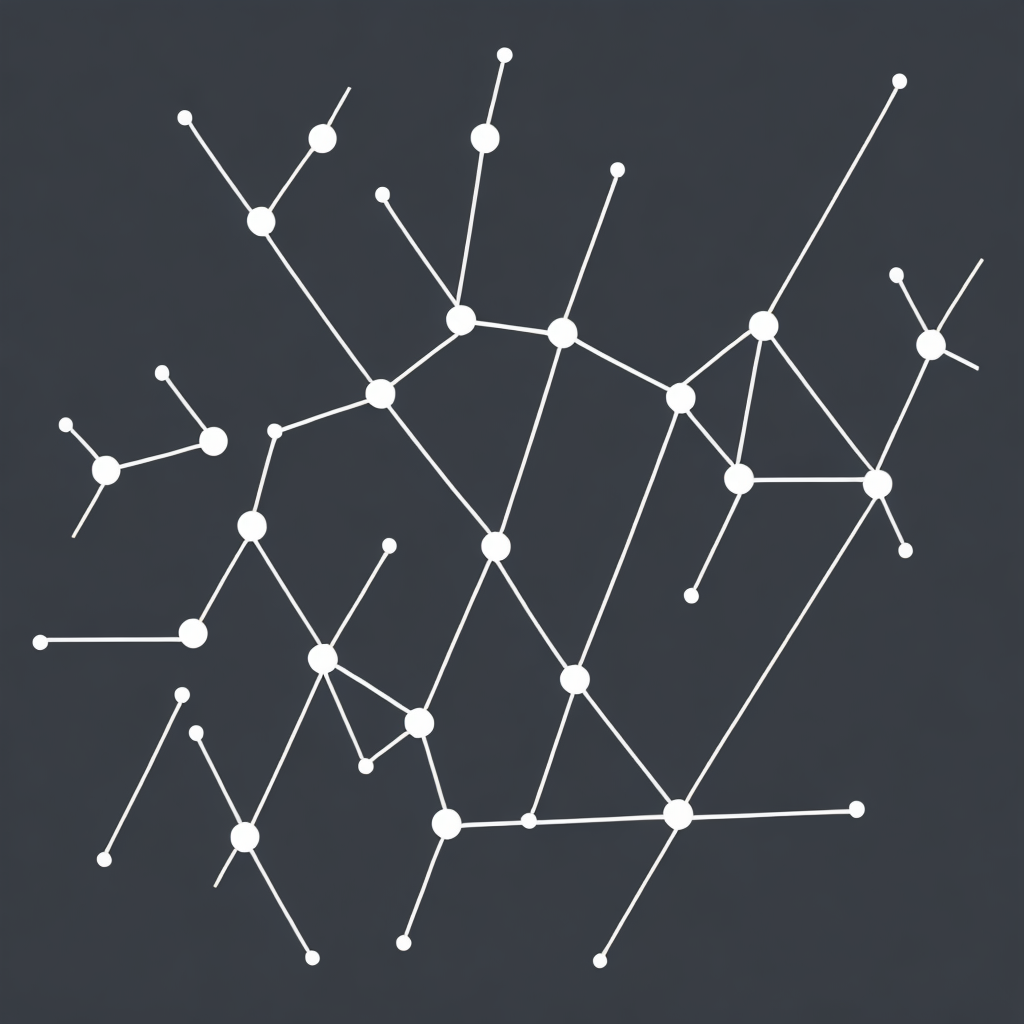Unleashing the Power of Knowledge Graphs: Enhancing Data Organization and Unlocking Insights Across Industries
In the era of big data, the importance of having meaningful data organization has exponentially increased across various industries. The ever-growing influx of information across multiple domains has made traditional data management strategies inefficient and ultimately suboptimal. However, a recent and innovative solution has surfaced to tackle these challenges – knowledge graphs. This article will delve into the essence of knowledge graphs, their significance in enhancing data organization, and how they unlock unparalleled insights across different industries.
Knowledge graphs, fundamentally, are a form of database technology that structures information in the format of interconnected nodes and edges, providing a highly semantic view of complex data relationships. Each node represents a specific entity (such as a person, place, product), while the edges denote the relationships between these entities (such as an authorship relationship, a location, or a product’s category).
### Enhancing Data Organization
1. **Semantic Web**: By converting unstructured and semi-structured data into a connected knowledge base, knowledge graphs enable a more semantic and interconnected data structure. This structure simplifies data access and reduces the complexity of information retrieval, making it easier to search, navigate, and integrate data across different systems.
2. **Ontology-driven Approach**: Knowledge graphs employ ontologies, which are formal representations of a set of concepts within a domain, the properties of those concepts, and the relationships between them. This ontology-driven approach ensures that data is consistently represented, facilitating better interoperability and re-use, especially in the context of knowledge sharing among different platforms or systems.
3. **Dynamic Updates and Scalability**: Knowledge graphs are designed to handle large volumes of data with ease. They support scalable storage that can address the challenges of ever-expanding data volumes while enabling rapid updates and integration of new data, ensuring data remains current and relevant.
### Unlocking Insights Across Industries
1. **Healthcare**: Knowledge graphs can analyze the massive amount of healthcare records to uncover patterns and correlations between symptoms, diseases, treatments, and patient outcomes. This deep data analysis empowers healthcare providers with predictive insights that can lead to more personalized and effective treatment plans, enhancing patient care and outcomes.
2. **Finance**: In the financial industry, knowledge graphs can detect anomalies and patterns that might indicate fraudulent activities like money laundering or insider trading. By analyzing vast amounts of banking, trading, and transaction data, financial institutions can mitigate risks and ensure compliance with regulatory requirements.
3. **Retail**: E-commerce and retail businesses utilize knowledge graphs to create personalized shopping experiences. By mapping consumer preferences, purchase histories, and product relationships, these graphs enable the recommendation of products that match individual tastes, thereby increasing customer satisfaction and sales.
4. **Manufacturing and Logistics**: In manufacturing, knowledge graphs are employed to boost operational efficiency by optimizing supply chain management. They can predict potential bottlenecks, streamline production processes, and enhance asset utilization, making the entire supply chain more resilient and responsive.
5. **Education**: Knowledge graphs play a key role in personalized learning environments. By mapping student profiles, learning preferences, and educational content, they facilitate the delivery of customized educational materials and learning paths, catering to individual learning needs.
### Challenges and Opportunities
While knowledge graphs offer a tremendous leap forward in data organization and analysis, they also present challenges, such as data integration, maintaining graph integrity, and the ethical implications of data handling. Addressing these challenges will require advancements in technology, collaboration across sectors, and adherence to robust data governance practices.
In conclusion, knowledge graphs revolutionize the way industries manage and leverage data, providing a powerful framework that is essential for optimizing and maximizing the value of data-driven insights across various sectors. As we continue to generate vast data sets across industries, the importance of knowledge graphs in enhancing data organization and unlocking insights will only continue to grow, leading to more efficient, innovative, and sustainable solutions.
